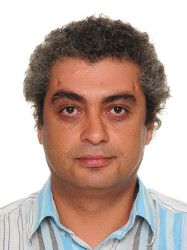BibTex format
@article{Karaman:2017:10.1007/s00405-017-4449-3,
author = {Karaman, M and Gun, T and Temelkuran, B and Aynaci, E and Kaya, C and Tekin, AM},
doi = {10.1007/s00405-017-4449-3},
journal = {European Archives of Oto-Rhino-Laryngology},
pages = {2273--2279},
title = {Comparison of fiber delivered CO2 laser and electrocautery in transoral robot assisted tongue base surgery},
url = {http://dx.doi.org/10.1007/s00405-017-4449-3},
volume = {274},
year = {2017}
}

